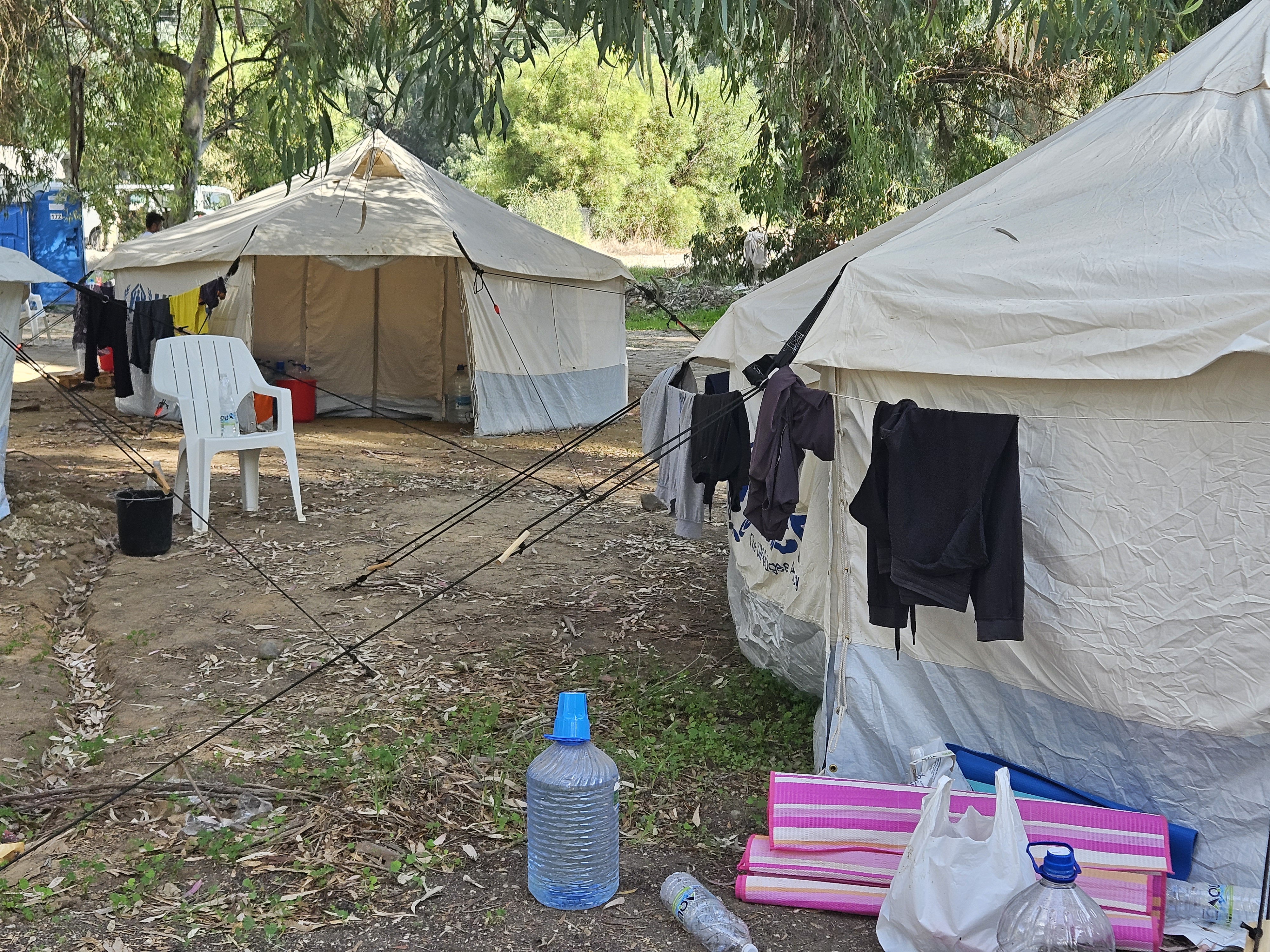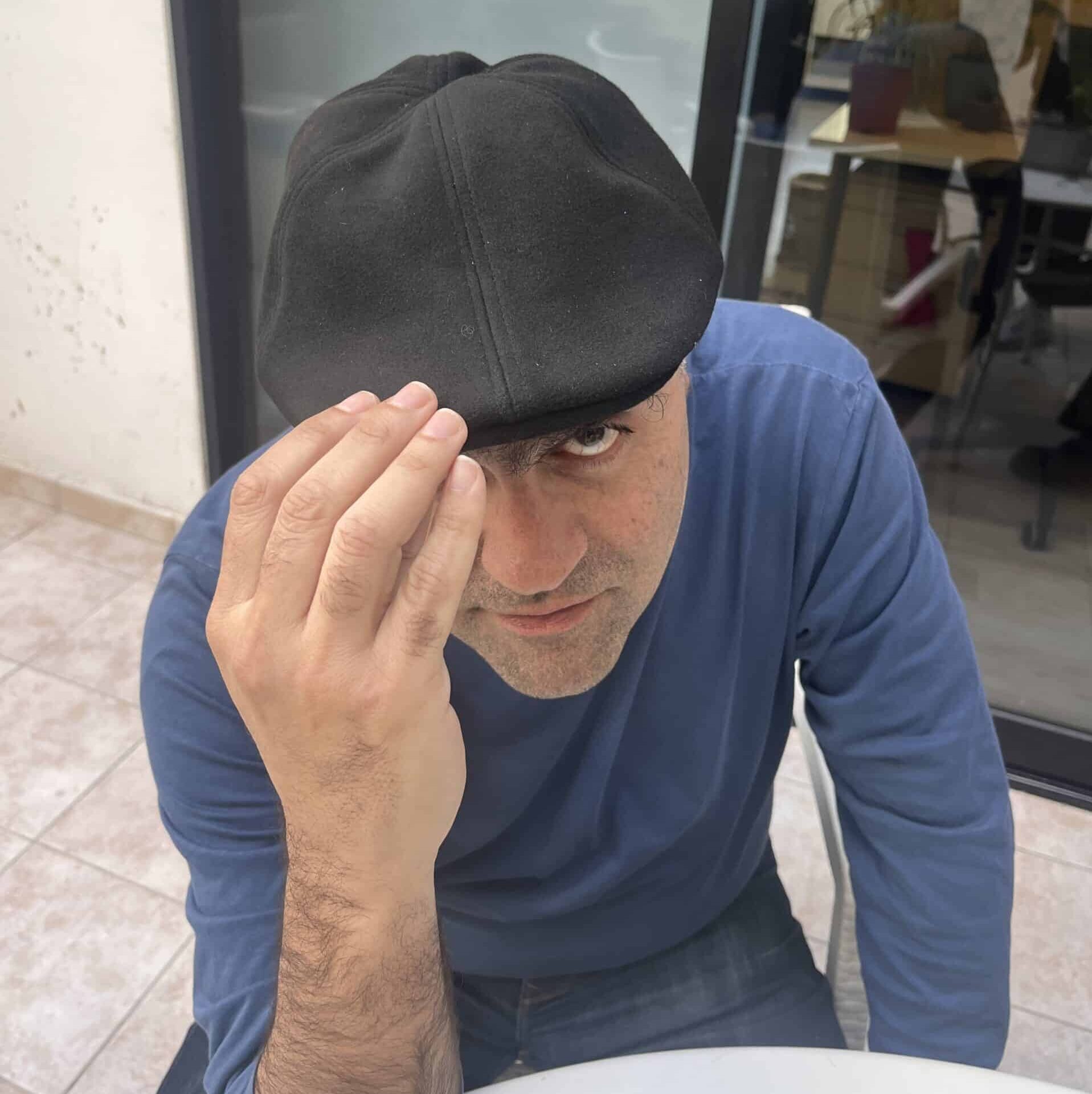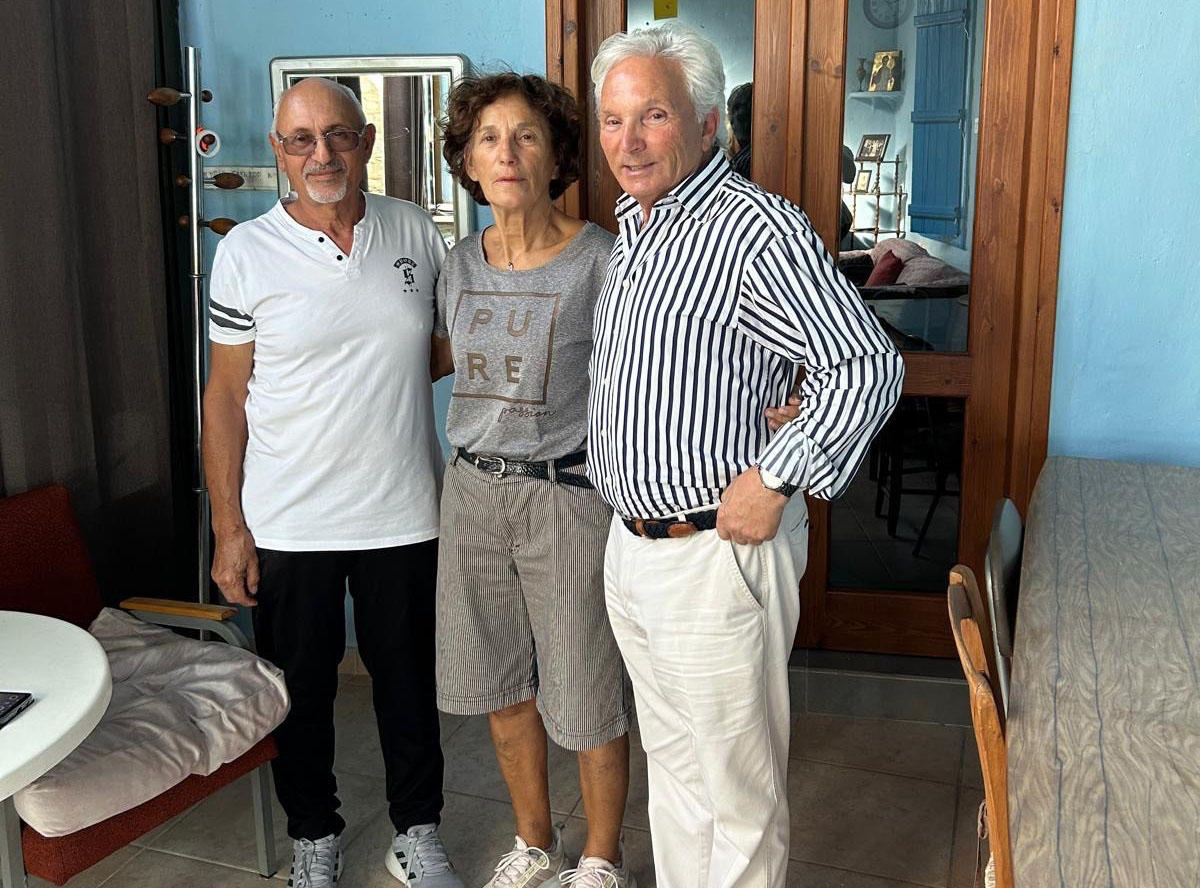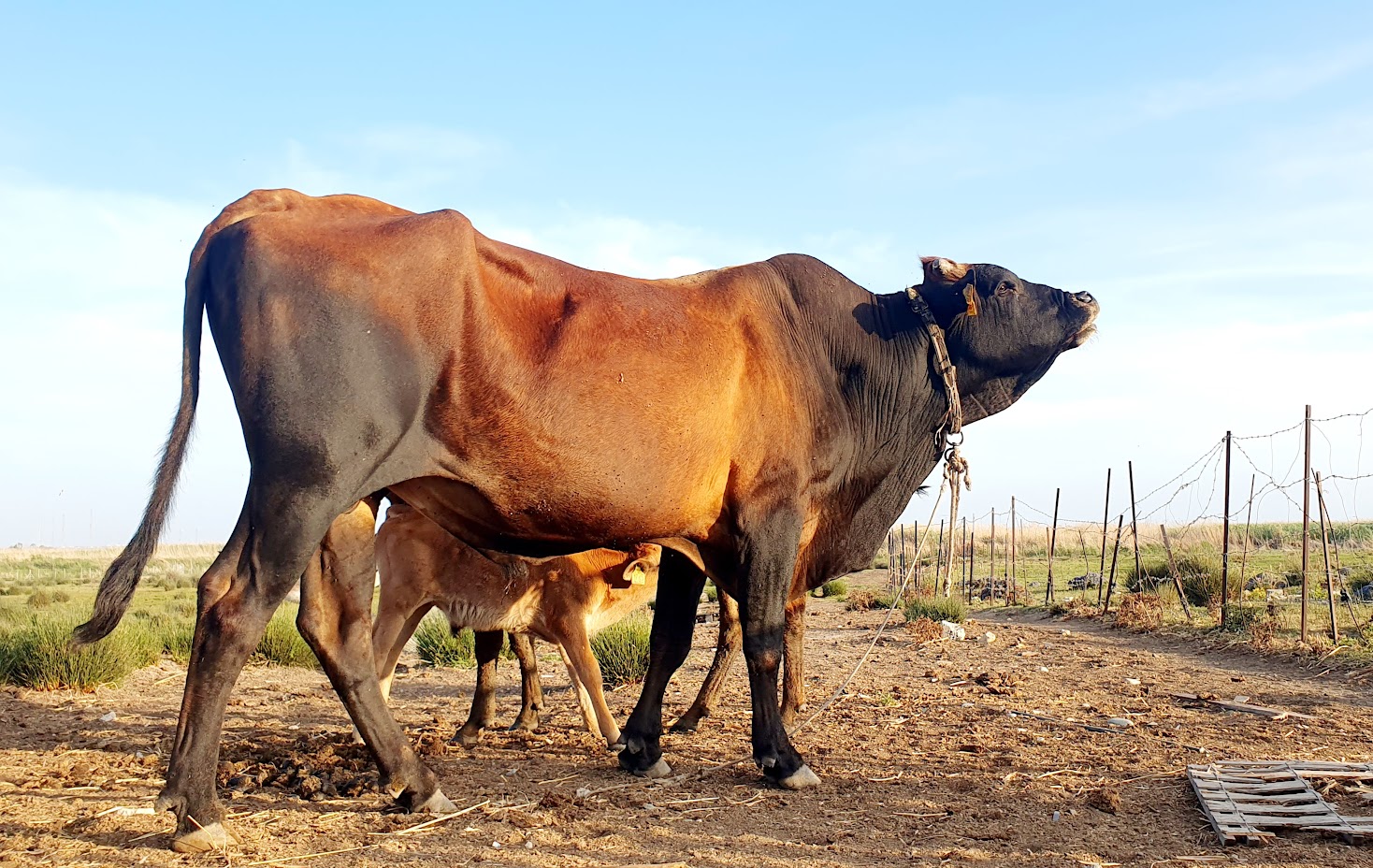Theo Panayides interviewed the dozens of migrants stuck in the buffer zone several times and realised a hard truth about journalism
I wrote a number of stories in 2024 that meant a lot to me (the one about the growing use of antidepressants was an eye-opener). In the end, though, the one about asylum seekers stuck in the UN buffer zone resonates most memorably – if only because it wasn’t just ‘the one’. I wrote an article, and made a video, in July – then returned for a follow-up in October, meeting many of the same people.
My first visit was especially vivid, on a day so humid that, when I left the makeshift camp in the Aglandjia area after about three hours, I had to go home and change my clothes before returning to the office.
I was in a group with a few other journalists, the visit arranged by the UNHCR. I spoke to eight of the migrants, out of 25 in total. That number had gone down to 16 when I visited again in October, though the total number stuck in the buffer zone – including another location in Akaki – had gone up, from 37 to 60.
It’s facile to say I ‘felt sorry’ for these people. I did, of course – and our government’s conduct in refusing to let them apply for asylum, pushing them back to suffer for months in the buffer zone, was clearly unlawful. But most were also articulate and self-aware, not just passive victims.
It’s wrong to suggest (though many of our readers did suggest) that they were just economic migrants. Every single one had arrived from a war-torn country where they faced either the wrath of the regime, or the threat of being press-ganged into a militia.
But their stories were also aspirational. They’d made a concerted bid – paid smugglers, braved illicit routes – to escape their perilous circumstances, seeking safety and the promise of a new life. They had hopes and dreams.
They were also dignified – as if forced, for complicated reasons, to dress in scruffy clothes for a brief time, assuring themselves it was only temporary – and surprisingly middle-class. The Afghans in particular spoke good English, having worked with the US before the return of the Taliban.
I especially recall Mimi, a young woman from Cameroon who told her story in a headlong burst, as though having held it in for a long time. She was actually a student, having won a scholarship (“I’m smart,” she explained without vanity) to a university in the north – which of course is a story in itself, the Africans who come to ‘Cyprus’ thinking it’s a gateway to Europe, only to find themselves trapped.
Mimi’s visa didn’t allow her to work, or stay on after her studies. Meanwhile, back in Cameroon, civil war raged; her father and brother were killed, so she told me. Fearing she was going to be sent back, she decided to come south, to “seek a better life” – but instead got arrested, and dumped in the buffer zone.
At this point, however, I stopped her. I was making a video, and constantly trying to find footage (since we weren’t allowed to show the asylum seekers’ faces). The camp had a makeshift pull-up bar – and, as Mimi talked, one of the migrants began doing pull-ups, cheered on by his fellows. Trying to be as polite as possible, I asked if we could pause, so I could film the action behind her.
She nodded but looked hurt, like she’d been struck. A few minutes later, having shot some footage at the pull-up bar, I went looking for Mimi again, to continue her story – but she just looked away, and didn’t want to say any more.
There, in a nutshell, is the tricky relationship between journalist and subject – especially in these situations, where the subject is stuck in a bad place.
Mimi had spent months in the heat, in a snake-infested camp, feeling the injustice of her plight and – most unbearably – the stress and despondency. You wake up every morning with the hope that something might change, she told me, that something might happen. “Then you go back to bed disappointed: nothing happens.”
Then eventually, one day, we arrive, myself and the other reporters – and hope stirs in Mimi, she pours out her personal story, the story she’s been longing to tell for weeks now (as if the mere fact of telling it might resolve her situation). And of course I’m sympathetic, and interested – but I’m also doing a piece, and need footage for my video.
That, I suspect, is what hurt her feelings – the sudden realisation that her life, which to her was the most important thing in the world, was just part of the job for me, and not even the main part. This is why it’s facile to say I ‘felt sorry’. I did feel compassion, but my relationship to the migrants was also journalistic – that’s to say, transactional. Simply put, we were using each other.
I don’t know what happened to Mimi. She wasn’t there when I returned in October for the follow-up article.
A few weeks later, in November, the saga of the buffer-zone migrants came to an end. Our government agreed to house them temporarily in Kofinou – adding, rather ominously, that they’d “later be transported to other countries or deported”.
Needless to say, those are not the same thing – and many of the people I spoke to, especially the Afghans and Iranians, made it clear that being sent back to their home country would surely mean imprisonment, or even death.
I only hope their story had a happy ending.







Click here to change your cookie preferences